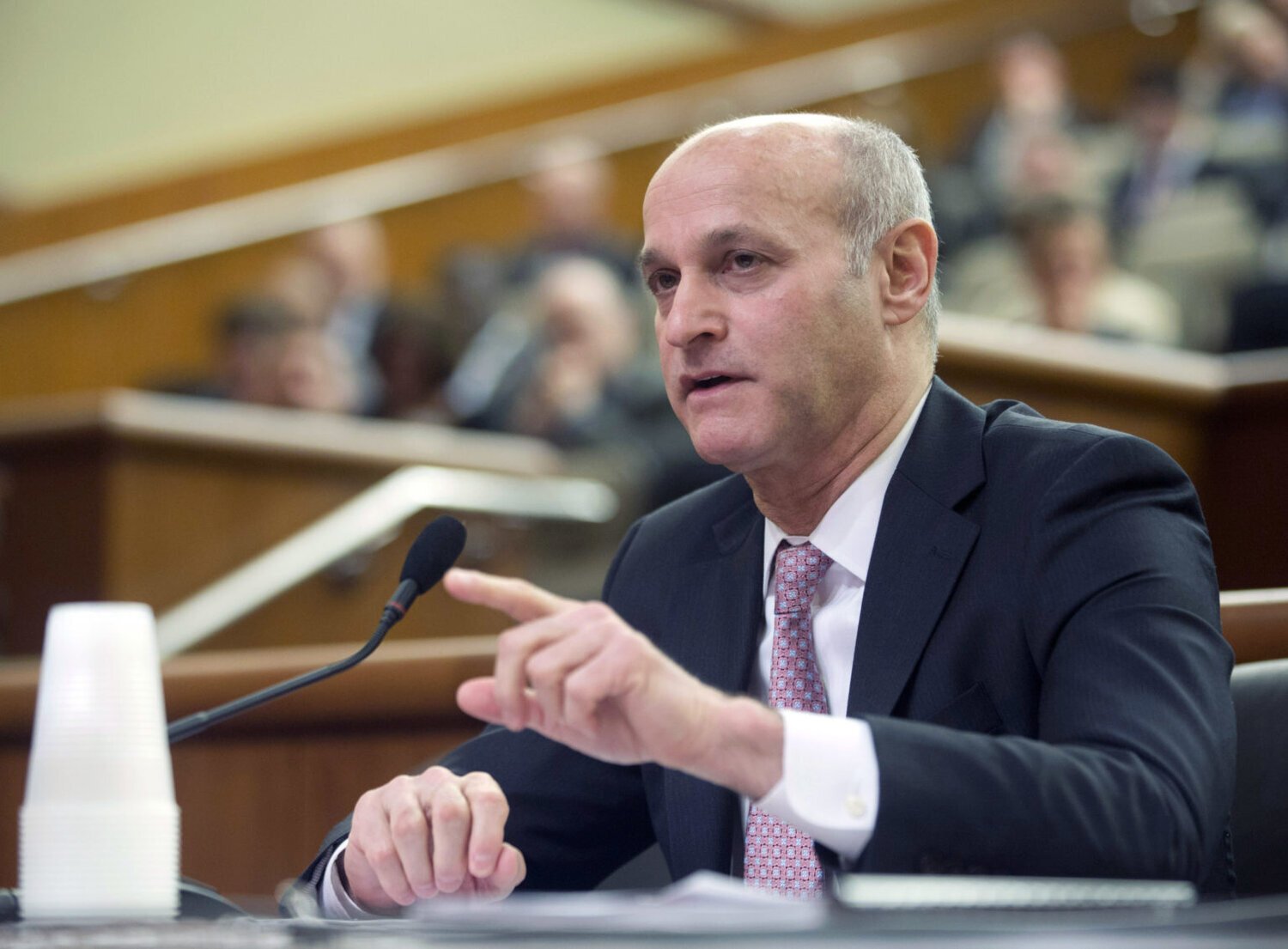New York's second-most powerful judge to step down
/Lawrence Marks will step down as chief administrative judge of the New York court system at the end of the month. AP file photo by Mike Groll
By Jacob Kaye
The second-most powerful judge in New York’s court system put in his two-week notice on Thursday.
Chief Administrative Judge Lawrence K. Marks announced that he would be stepping down from his position at the end of November on Thursday in a letter addressed to his colleagues, which was obtained by the Eagle.
His retirement comes several months after former Chief Judge Janet DiFiore abruptly resigned as the top judge in New York State, several years before she would have been aged out of the position.
It also comes as the search for a new chief judge begins to heat up – the group charged with recommending chief judge candidates is scheduled to submit their list to the governor later this month. For at least a month, New York State’s court system will be without permanent leadership in the two highest-ranking judicial leadership roles – Court of Appeals Judge Anthony Cannataro is currently serving as the acting chief judge.
Marks, who served in the role for nearly eight years, gave no indication in his letter as to why he was stepping down, nor did he share any information about what he might be doing next.
“It has been my distinct honor to serve the courts and public for many years in a variety of capacities, particularly as Chief Administrative Judge over the past seven and one-half years,” Marks said.
“I leave the court system with full confidence that New York's judges and nonjudicial personnel remain supremely committed to delivering fair and efficient justice,” he added. “That is our mission, and that is the goal we share. Our collective effort to elevate the quality of justice in this state continues and endures.”
It was widely expected that Marks would resign or be replaced following the appointment of a new chief judge sometime early next year – the chief administrative judge is appointed by the chief judge. However, his announcement that he’d be retiring as early as the end of the month caught some off guard, sources within the court system told the Eagle.
Lucian Chalfen, the spokesperson for the Office of Court Administration, told the Eagle that Marks was retiring to spend “more time with his family – but actually doing that.”
The chief administrative judge reports directly to the chief judge and is responsible for the day-to-day operations of the state’s massive court system.
Also crucial to their duties is the creation and implementation of the court system’s over $3 billion budget. Marks will not be with the court system when it is required to submit its budget request to the legislature in December.
Chalfen told the Eagle that while the budget has not yet been completed, he said it will be by the time Marks officially retires.
Marks has served for decades in administrative roles within the court system.
He previously served as the first deputy chief administrative judge, administrative director of the Office of Court Administration, special counsel to the chief administrative judge and as the Office of Court Administration’s criminal justice counsel.
Marks was appointed to serve as the chief administrative judge in 2015, about six months before DiFiore was appointed to serve as chief judge by then-Governor Andrew Cuomo.
DiFiore stepped down over the summer and, like Marks, gave little indication as to why. Reports at the time suggested her resignation was in some way tied to an ethics investigation revolving around her behavior related to a disciplinary investigation about Dennis Quirk, the head of the court officers’ union.
Both DiFiore and Marks were, at times, criticized for administrative decisions made during the COVID-19 pandemic.
In 2020, 46 senior justices throughout the state, including six in Queens, were denied their applications for recertification. Marks defended the move to terminate the justices at the time as an austerity measure.
“Although sometimes we may find ourselves disagreeing on the mechanics of how best to deliver justice, we never disagree about the goal,” Marks said in his retirement announcement. “My great hope is that, as one public servant among many, I have made a positive contribution to the vitally important work we do, and the way we go about doing it.”




